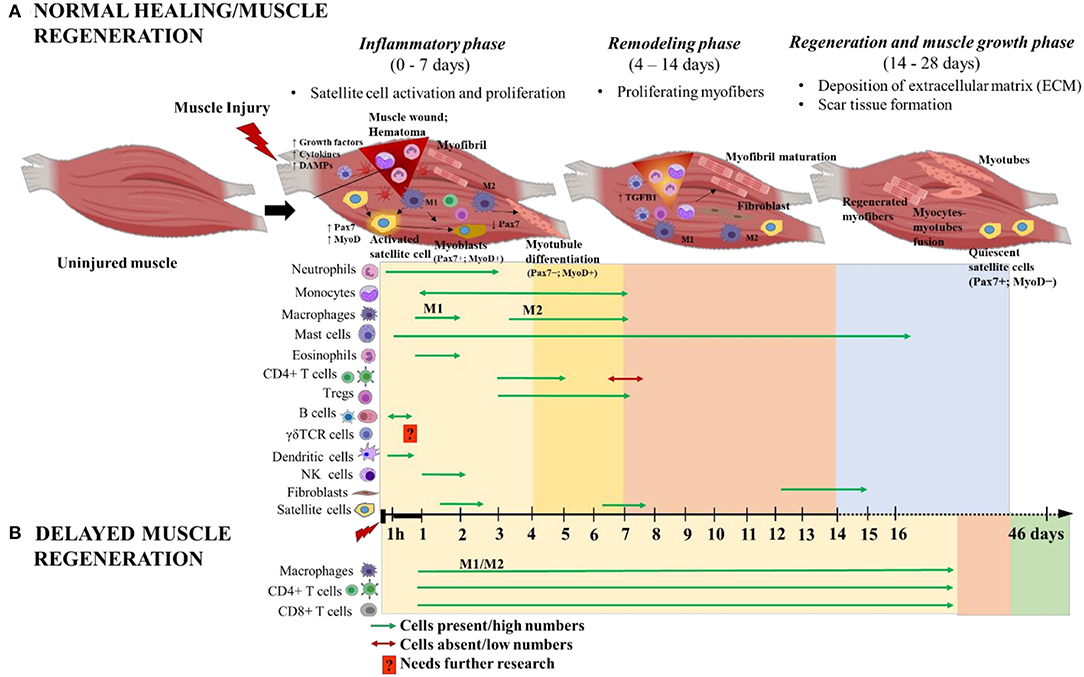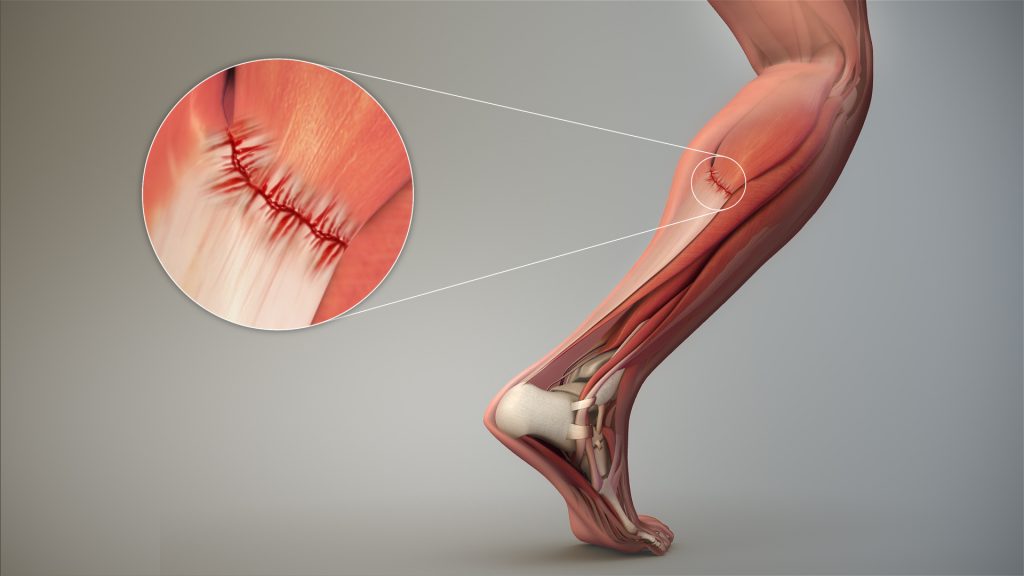Muscle strain, often referred to as a pulled muscle, is a common injury that affects individuals of all ages and activity levels. Whether you are an athlete, a fitness enthusiast, or someone who performs daily physical tasks, understanding the causes, symptoms, and recovery strategies for muscle strain can help you manage this condition effectively. In this article, we will explore everything you need to know about muscle strain, from how it occurs to the best ways to recover and prevent future injuries.

What Is Muscle Strain?
A muscle strain occurs when the fibers within a muscle are overstretched or torn due to excessive force or overuse. This injury can range from mild discomfort to severe pain, depending on the extent of the damage. Muscle strains commonly occur in areas such as the lower back, hamstrings, calves, and shoulders. While some strains heal quickly with rest and self-care, others may require medical attention and a longer recovery period.
Common Causes of Muscle Strain
Muscle strains can happen in various situations, often resulting from activities that place undue stress on the muscles. Below are some of the most common causes:
1. Overexertion During Physical Activity
Engaging in intense physical activities without proper preparation can lead to muscle strain. For instance, lifting heavy weights, running long distances, or participating in high-intensity sports without adequate warm-up can put excessive strain on the muscles.
2. Poor Flexibility
Muscles that lack flexibility are more prone to injury. When muscles are tight and inflexible, they are less able to handle sudden movements or stretches, increasing the likelihood of a strain.
3. Repetitive Movements
Performing repetitive motions over an extended period can fatigue the muscles and lead to strain. This is common in occupations that involve continuous physical labor, such as construction work or assembly line jobs.
4. Improper Lifting Techniques
Lifting heavy objects with incorrect posture or technique can place unnecessary stress on the muscles, particularly in the lower back. Bending at the waist instead of using the legs to lift is a frequent cause of muscle strain.
5. Sudden Movements
Sudden, jerky movements, such as slipping on ice or making a quick turn during a sport, can cause muscles to stretch beyond their limits, leading to a strain.
Symptoms of Muscle Strain
The symptoms of a muscle strain can vary depending on the severity of the injury. Here are some common signs to look out for:
- Pain in the affected area, which may worsen with movement
- Swelling or bruising around the injured muscle
- Muscle spasms or cramping
- Weakness or inability to use the muscle properly
- Tenderness when touching the strained muscle
- Limited range of motion in the affected area
In mild cases, the symptoms may be subtle and resolve quickly with rest. However, severe strains can cause significant pain and functional impairment, requiring professional medical evaluation.
Grades of Muscle Strain
Muscle strains are typically classified into three grades based on their severity:
Grade One
A grade one strain involves mild damage to a small number of muscle fibers. The individual may experience slight discomfort and minimal loss of strength or mobility. Recovery from a grade one strain usually takes a few days to a couple of weeks.
Grade Two
A grade two strain indicates moderate damage to a larger number of muscle fibers. Symptoms include noticeable pain, swelling, and reduced strength or flexibility. Recovery from a grade two strain may take several weeks to a few months.
Grade Three
A grade three strain represents a complete tear of the muscle or tendon. This type of injury often results in severe pain, significant swelling, and an inability to use the affected muscle. Surgery may be required for treatment, and recovery can take several months.
Recovery Tips for Muscle Strain
Recovering from a muscle strain requires a combination of rest, care, and gradual rehabilitation. Here are some effective tips to aid in your recovery process:
1. Rest the Affected Muscle
Avoid activities that exacerbate the pain or strain. Giving the muscle time to heal is crucial for preventing further damage. Depending on the severity of the strain, you may need to limit physical activity for a few days to several weeks.
2. Apply Ice and Heat Therapy
In the first 48 hours after the injury, apply ice packs to the affected area for 15 to 20 minutes every few hours. This helps reduce swelling and numb the pain. After the initial inflammation subsides, switch to heat therapy to promote blood flow and relaxation of the muscle.
3. Use Compression and Elevation
Wrapping the injured area with an elastic bandage can help minimize swelling. Additionally, elevating the injured muscle above heart level, if possible, can further reduce fluid buildup and promote healing.
4. Take Over-the-Counter Pain Relievers
Nonsteroidal anti-inflammatory drugs, such as ibuprofen or acetaminophen, can help alleviate pain and reduce inflammation. Always follow the recommended dosage and consult a healthcare provider if you have any concerns.
5. Perform Gentle Stretching and Strengthening Exercises
Once the acute pain subsides, incorporate gentle stretching exercises to improve flexibility and prevent stiffness. Gradually progress to strengthening exercises to rebuild muscle endurance and stability. A physical therapist can provide guidance on appropriate exercises for your specific injury.
6. Maintain Proper Hydration and Nutrition
Staying hydrated and consuming a balanced diet rich in protein, vitamins, and minerals supports muscle repair and recovery. Foods high in antioxidants, such as fruits and vegetables, can also help reduce inflammation.
Preventing Future Muscle Strains
While it may not always be possible to prevent muscle strains, taking proactive measures can significantly reduce the risk of injury. Consider the following prevention strategies:
1. Warm Up Before Physical Activity
Engage in a thorough warm-up routine before exercising or participating in sports. Dynamic stretches, light jogging, or jumping jacks can prepare your muscles for physical exertion and reduce the likelihood of strain.
2. Use Proper Techniques
Whether you are lifting weights, performing household chores, or playing a sport, ensure that you use correct techniques to avoid unnecessary stress on your muscles. If unsure, seek guidance from a coach or trainer.
3. Incorporate Strength and Flexibility Training
Regular strength training and flexibility exercises can enhance muscle resilience and reduce the risk of injury. Focus on exercises that target the muscles most prone to strain, such as the lower back, hamstrings, and shoulders.
4. Listen to Your Body
Pay attention to signs of fatigue or discomfort during physical activity. Pushing through pain can lead to muscle strain or other injuries. Allow yourself adequate rest and recovery time between workouts.
5. Wear Appropriate Footwear
Wearing supportive shoes that fit well can help maintain proper alignment and reduce the risk of muscle strain, especially during activities like running or walking.
When to Seek Medical Attention
While many muscle strains can be managed at home, certain symptoms warrant medical evaluation. Seek professional help if you experience any of the following:
- Severe pain that does not improve with rest
- Significant swelling or bruising
- Inability to move the affected muscle or joint
- Numbness or tingling in the injured area
- Persistent weakness or instability
A healthcare provider can assess the injury and recommend appropriate treatment options, such as physical therapy, medication, or, in severe cases, surgery.
Conclusion
Muscle strain is a common yet manageable injury that can affect anyone. By understanding its causes, recognizing its symptoms, and implementing effective recovery strategies, you can minimize downtime and return to your regular activities safely. Additionally, adopting preventive measures can help reduce the risk of future strains and promote long-term musculoskeletal health.





